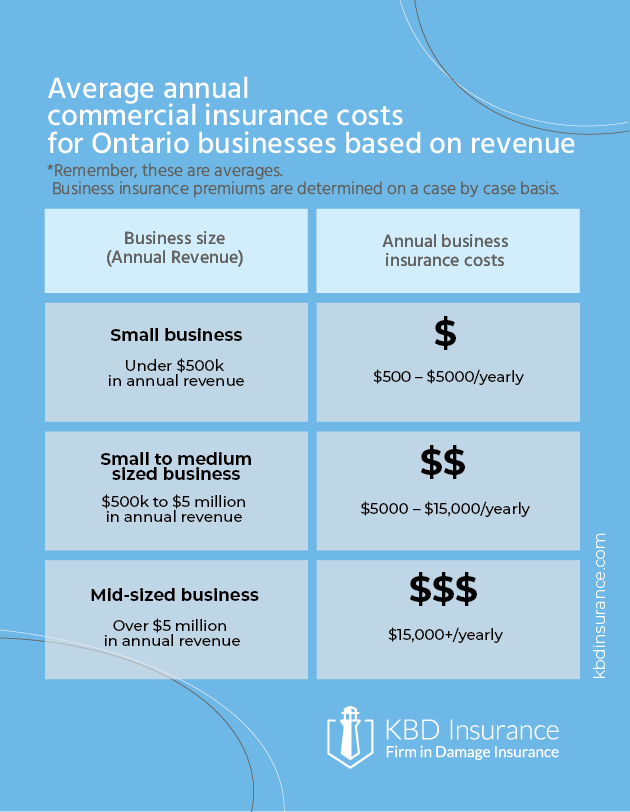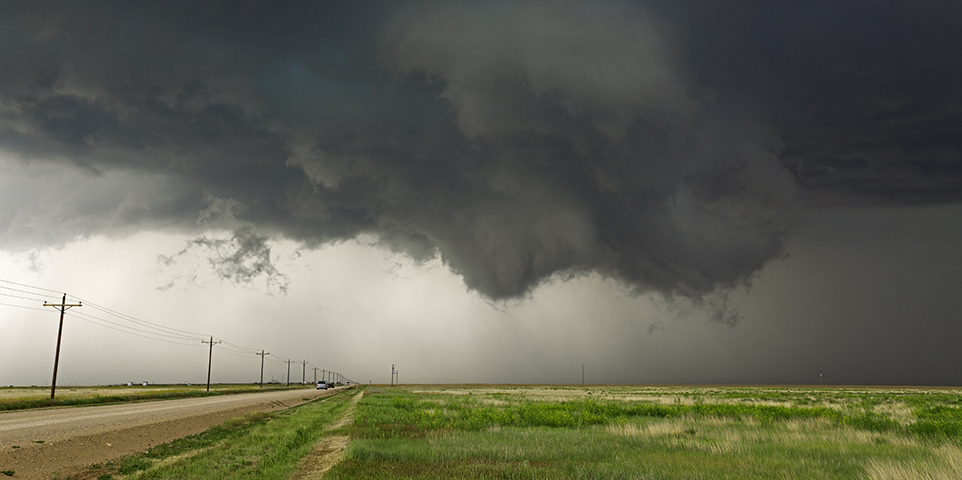Which Disasters Are Covered By Home Owners Insurance? Depending on where you live, severe weather occasions can take place any time of year. Most insurance holders recognize that their property owners insurance covers losses from fire, lightning and hailstorm. But what regarding damage from tornadoes, flooding or perhaps volcanic eruptions? Bankrate's insurance editorial team understands that knowing what losses Professional Liability your home insurance plan will certainly and will not cover is vital to safeguarding your economic health. From storms https://raindrop.io/wychangqkl/bookmarks-47549309 and quakes to wildfires and floodings, these occasions have a substantial effect on both homeowners and services. In covered scenarios, all-natural calamity insurance coverage helps spend for the necessary repair services to bring back a residential or commercial property to its pre-disaster status. Normally, homes are just one of one of the most significant financial investments people make.
Maui Fires Come at a Moment of Turmoil for the Insurance Industry - The New York Times
Maui Fires Come at a Moment of Turmoil for the Insurance Industry.

Posted: Fri, 11 Aug 2023 07:00:00 GMT [source]

Optional Protection Alternatives Within Many Policies
An explosion triggered by trouble or civil commotion ought to likewise be covered. After protected damages, the insurance policy holder is reimbursed based on the cost of products, labor, and cleanup. Home owners first need to cover the home owners insurance policy deductibles.- A big earthquake can result in significant destruction, but also a tiny earthquake can damage a home that occurs to be near the epicenter.As an example, a plan may compensate to $1,000 for debris elimination prices.We do not consist of all companies or all offers offered in the industry.So if a twister knocked over a tree and it fell down on your Prius, the damages would not fall under your property owners insurance policy.